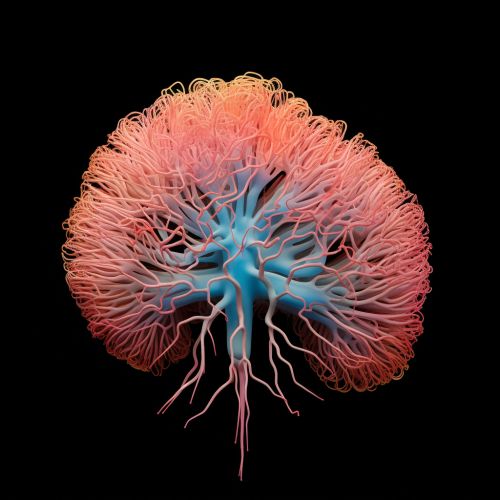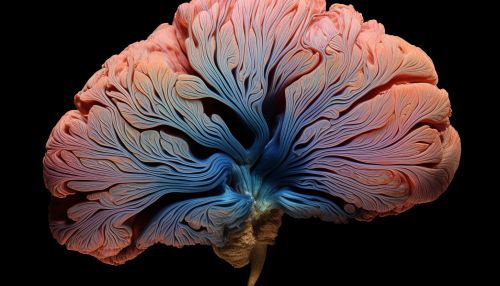Broca's aphasia
Overview
Broca's aphasia, also known as expressive aphasia, is a type of aphasia characterized by partial loss of the ability to produce language (spoken, manual, or written), although comprehension generally remains intact. A person with Broca's aphasia often understands speech well, specifically in terms of its grammatical structure. However, they struggle with speech production, language repetition, and language comprehension when complex grammar is involved.
History
The condition is named after Paul Broca, a French physician, anatomist, and anthropologist. In 1861, Broca examined the brain of a recently deceased patient who had had a unique speech impairment. The patient could understand language but could only produce a single word: "tan". Post-mortem examination revealed a lesion in the left frontal lobe – a region of the brain now known as Broca's area. This discovery was significant as it provided the first anatomical proof of localization of brain function.


Symptoms
The primary symptoms of Broca's aphasia involve difficulty speaking fluently while maintaining relatively preserved comprehension. This is often accompanied by right-sided weakness or paralysis of the arm and leg, as the frontal lobe is also important for motor movements.
Speech and Language
People with Broca's aphasia often exhibit telegraphic speech. This type of speech is characterized by the omission of words that are not critical for the overall meaning of the sentence, such as "is" or "the". For example, a person with Broca's aphasia may say "Walk dog," meaning "I will take the dog for a walk."
Another common symptom is agrammatism, which is difficulty comprehending or formulating grammatically complex sentences. People with Broca's aphasia may also have difficulty with repetition and may be more likely to produce ungrammatical sentences.
Motor Skills
Since Broca's area is connected to the motor cortex, which controls voluntary movements, damage to this area can result in motor difficulties, particularly on the right side of the body. This can include right-sided weakness or paralysis.
Causes
Broca's aphasia is most commonly caused by stroke. This can occur when an artery that supplies blood to the frontal lobe of the brain, typically the left hemisphere, is blocked. Less commonly, Broca's aphasia can be caused by a brain tumor, traumatic brain injury, or progressive neurological disorder.
Diagnosis
Diagnosis of Broca's aphasia involves a comprehensive speech and language evaluation by a speech-language pathologist. This typically includes an assessment of the individual's ability to speak, express ideas, understand language, read, and write, as well as an examination of the muscles used for speech.
Treatment
Treatment for Broca's aphasia is usually tailored to the individual's specific needs and may involve speech and language therapy with a speech-language pathologist. The goal of treatment is to improve the individual's ability to communicate by restoring as much language as possible and learning other ways of communicating, if necessary.
Prognosis
The prognosis for individuals with Broca's aphasia varies depending on the size and location of the brain damage. Some individuals may make significant improvements, while others may continue to have difficulties with language expression.
